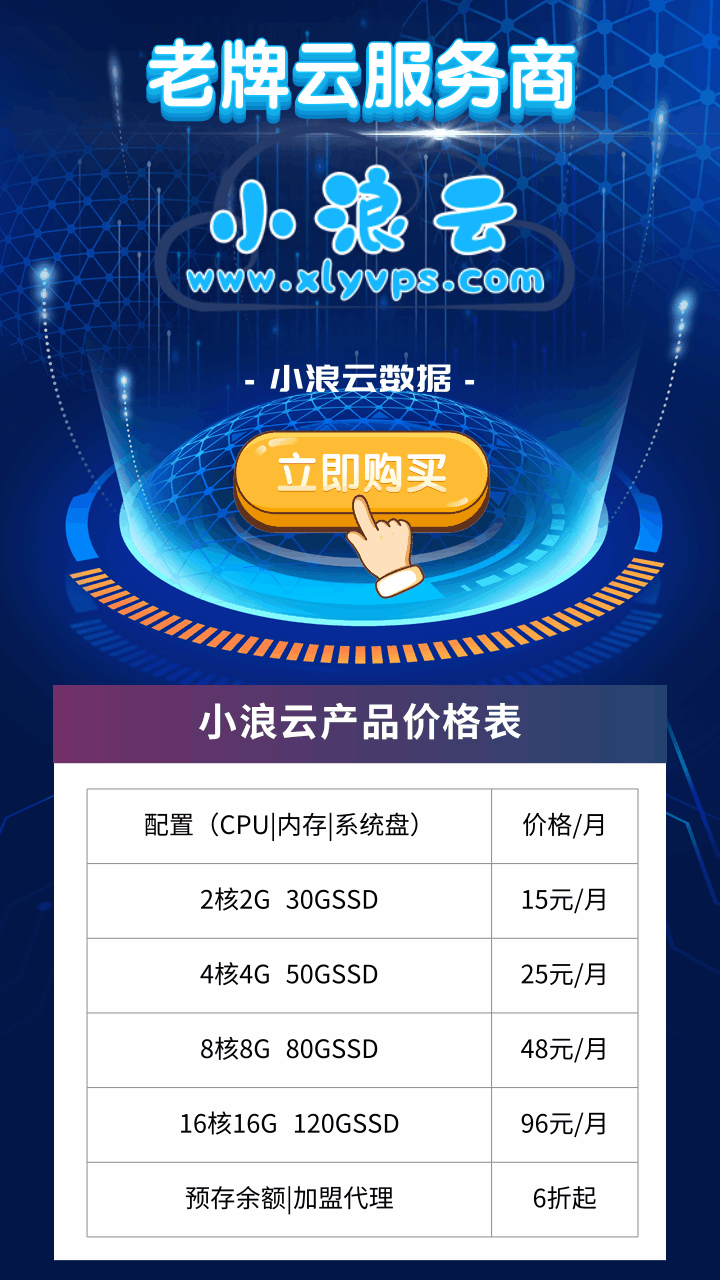
问题描述:
使用Windows 7操作系统开机提示自动修复,无法正常进入操作系统。经过分析,部分系统修复报错文件为:X:Windowssystem32driversspoon.sys
解决方法:
方法一:
1、开机连续敲击键盘“F8”按键,进入“系统高级选项菜单”,选择“最后一次正确配置”2. 如可以常进入操作系统,请指导用户删除如下路径的spoon.sys文件:
路径:X:Windowssystem32driversspoon.sys(X代表系统安装盘符,一般为C盘)
方法二:
若无法通过‘最后一次正确配置’进入操作系统,请按‘F8’调出‘高级启动选项菜单’,选择‘带命令行提示符的安全模式’,输入如下命令删除spoon.sys文件:
del X:windowssystem32Driversspoon.sys
(X代表系统安装盘符,一般为C盘)
方法三:
若上述方案无效,请备份好重要数据,通过一键恢复或重新安装操作系统解决,同时暂停您当前杀毒软件的自动更新功能。
相关教程推荐:windows教程
© 版权声明
文章版权归作者所有,未经允许请勿转载。
THE END


















